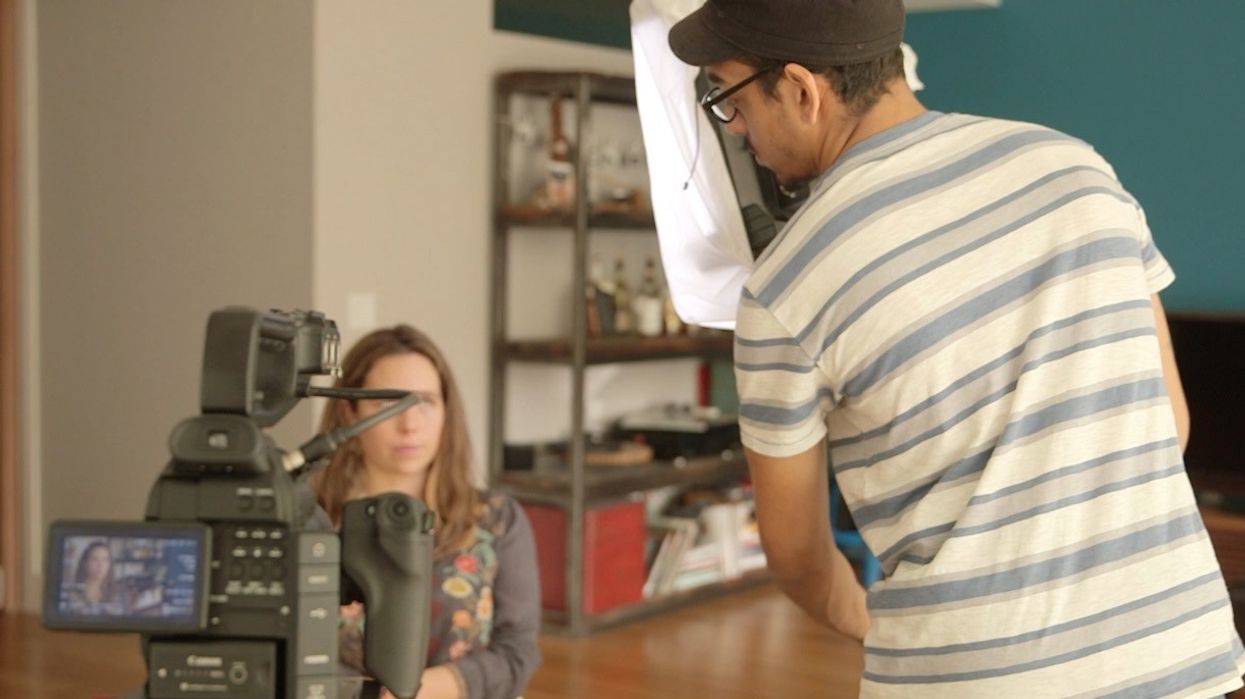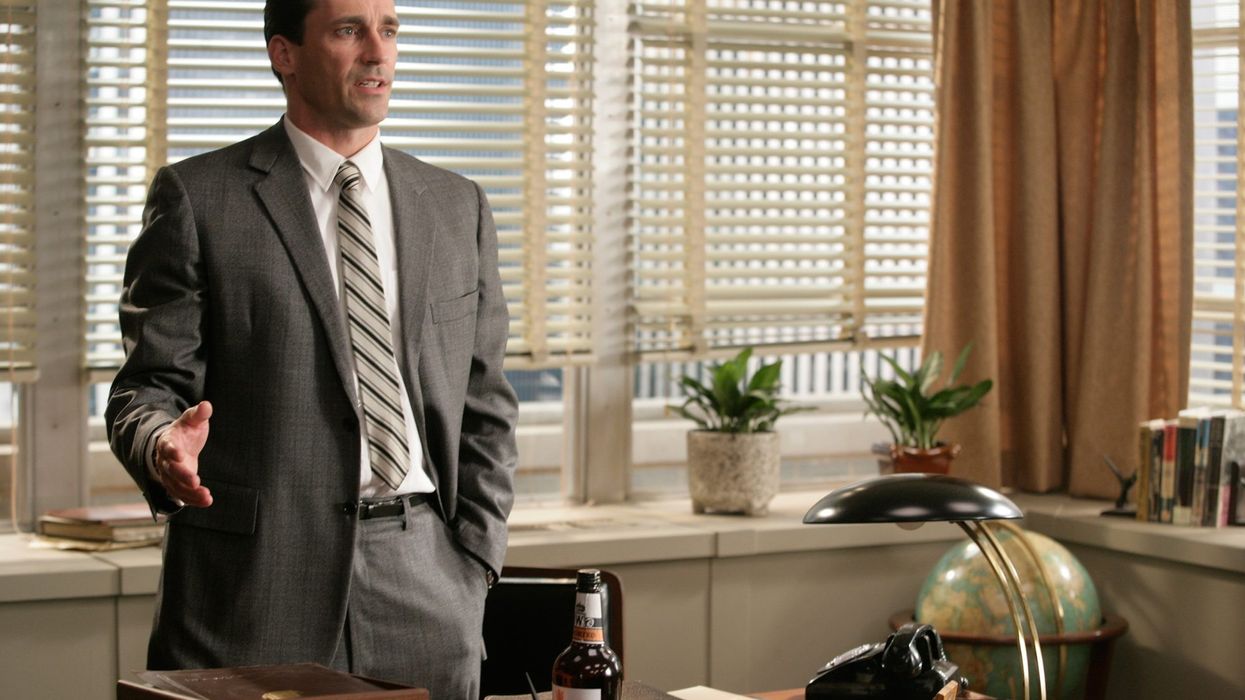4 Basic Concepts of Lighting: What You Need to Think About Before You Hit the Switch
When you think about lighting your scene, what concepts immediately come to your mind?

If you're just starting out, chances are you're just thinking about trying to dump enough light on your subject to not underexpose them. However, there are a number of basic qualities of light that you should consider before you hit record. In this helpful beginner-level tutorial from from Story & Heart Academy, hosted by S&HA's Zippy Etzel and Stillmotion's Joyce Tsang. Tsang explains how to approach lighting an interview by thinking of light using the acronym "DISC": Direction, Intensity, Softness, and Color.
Now, if you're not a documentarian and are thinking, "But I'm not going to be shooting interviews," don't navigate away from this page. Tsang's method for thinking about lighting is actually just a solid way to think about lighting in general.
Lighting a scene isn't just about getting a good exposure; the direction, intensity, softness, and color of your light, or DISC, as Tsang calls it, is going to affect the way your audience interprets your subject, content, and overall tone of your project, too. So, it's not only important to be knowledgeable about how to get the look you want, but it's also important to be aware of how your audience reads these stylistic choices.
These effects are broken down in the study of aesthetics (or aesthetic theory) something that we like to talk a lot about here at NFS. Although we tend to focus more on the film language of composition, the links that I just bombarded you with in this paragraph contain several intermediate and advanced lessons on lighting as it pertains to aesthetics, which will help you becoming a more visually literate filmmaker. (See -- there's another link for ya.)
Source: Stillmotion











